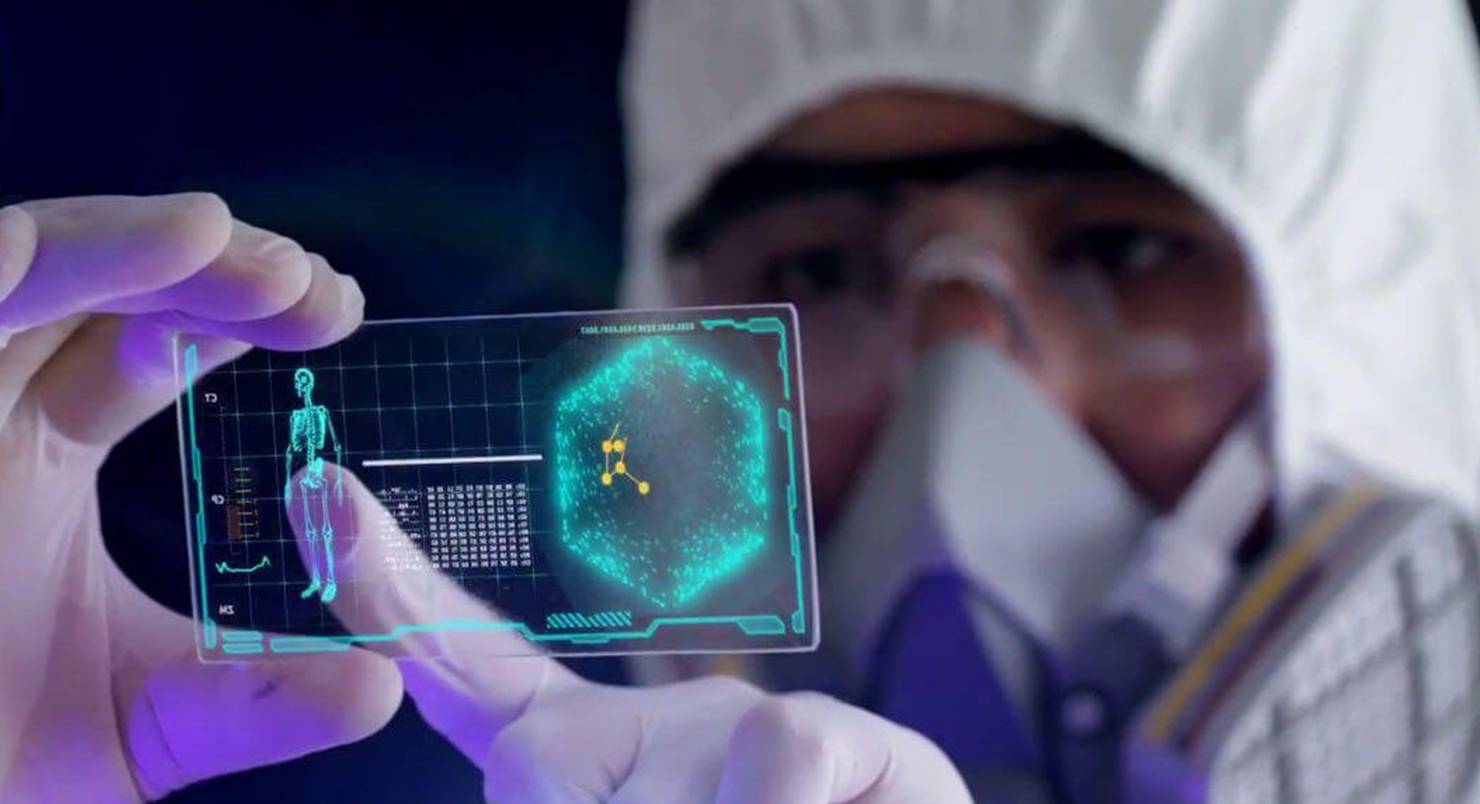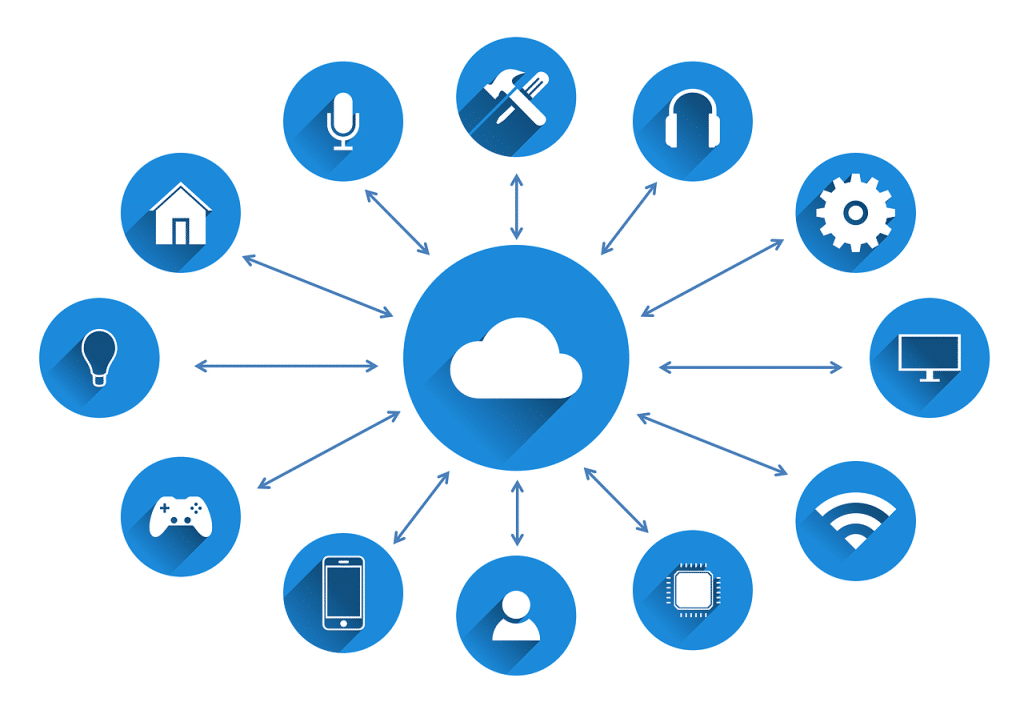Hello!
Healthcare is one the fastest growing industries, and it is experiencing rapid technological change. Cloud computing is one such technology that has revolutionized the healthcare industry.
 It provides enhanced data security, data handling is easier, high-quality care and cost-effective solutions. Cloud computing is gaining momentum in the healthcare sector due to all its benefits.
It provides enhanced data security, data handling is easier, high-quality care and cost-effective solutions. Cloud computing is gaining momentum in the healthcare sector due to all its benefits.
BBC research report shows that global cloud computing spending is estimated to reach $35 billion by 2022, with a 15% increase in CAGR. Cloud-powered healthcare is expected to grow to $55 billion in 2025.
This article will provide insight into what cloud-based healthcare systems are and how they work.
What’s a Cloud-based Health System?
Cloud computing allows for the instant availability of computing resources, such as storage, on demand. Cloud is a distributed data center that can be accessed via the internet. It is controlled by central servers and distributed across multiple locations. It allows data storage to be easily managed and can be accessed from any device at any moment.
 Cloud computing is a way to integrate cloud technology into healthcare solutions. Cloud-based solutions offer huge storage resources and on-demand access that are not available in traditional healthcare systems.
Cloud computing is a way to integrate cloud technology into healthcare solutions. Cloud-based solutions offer huge storage resources and on-demand access that are not available in traditional healthcare systems.
It can also support large data sets for EHRs, images and genomic data offloading.
Cloud allows for easy data sharing between physicians and other healthcare professionals and allows them remote access to the data. It also allows for analysis and monitoring information regarding diagnosis, which can improve overall performance.
What does cloud computing mean for the healthcare sector?
Step 1: Patient requests authorization..
 Patients and employees of third parties (such as drug manufacturers, pharmacies, etc.) can also be external users. Public cloud services are available to all. Logging in with a username, password, and requesting authorization to access cloud services is done.
Patients and employees of third parties (such as drug manufacturers, pharmacies, etc.) can also be external users. Public cloud services are available to all. Logging in with a username, password, and requesting authorization to access cloud services is done.
Step 2 – Request forwarded to the Private cloud network
The request is processed in the public cloud, and forwarded to the access control and identity service at the private cloud.
Step 3 – Request a response..
Acceptance or rejection of the request are determined. If the request is accepted, it will be forwarded to a private healthcare cloud application server. If the request is declined, an acknowledgment message with the reason is sent.
Step 4 – Doctor requests authorization..
 An internal user is a physician. He logs in to private cloud services and submits authorization requests, including username and password for access control and identity.
An internal user is a physician. He logs in to private cloud services and submits authorization requests, including username and password for access control and identity.
Step 5 – Request a response
The cloud application server processes the physician’s request for data access. After authentication has been completed, the private cloud processes it and the physician can access the data via the public cloud application server.
Step 6 – Data processing at clinical cloud
After the data has been accessed, the doctor comments on the data and updates it. The clinical processing is responsible for updating the general health information.
Step 7 – A doctor’s advice to the patient
A doctor can send the prescription directly to the patient or provide feedback as part of medical advice.
Step 8 – The information is updated to the Clinical server
 Once the doctor sends the patient medical advice, the information is updated in the clinical cloud server system.
Once the doctor sends the patient medical advice, the information is updated in the clinical cloud server system.
Step 9 – The patient receives a notice
Notification services are used to inform the patient about any changes in their medical information. This information is transmitted from the clinical server to a public cloud network’s access control and identity server. The patient has access to the most recent medical information sent by the doctor once the notification has been received.
Also read:
- How to be a Pro at Day Trading
- The Ultimate Guide to Securing Your Passwords
- Why Bitcoin will reach 4.000.000$ Per Coin
Conclusion
 Cloud-based healthcare solutions are useful for public health and in times of emergency. Cloud-based solutions are designed to make healthcare workers less burdened by providing better medical care and more effective patient care. Cloud computing technology has been adopted by the Healthcare sector since its inception. Cloud computing technology is being used by many large healthcare providers to offer high-quality care.
Cloud-based healthcare solutions are useful for public health and in times of emergency. Cloud-based solutions are designed to make healthcare workers less burdened by providing better medical care and more effective patient care. Cloud computing technology has been adopted by the Healthcare sector since its inception. Cloud computing technology is being used by many large healthcare providers to offer high-quality care.
Thank you!
Join us on social networks!
See you!






